These are the factors affecting the female hormones balance:
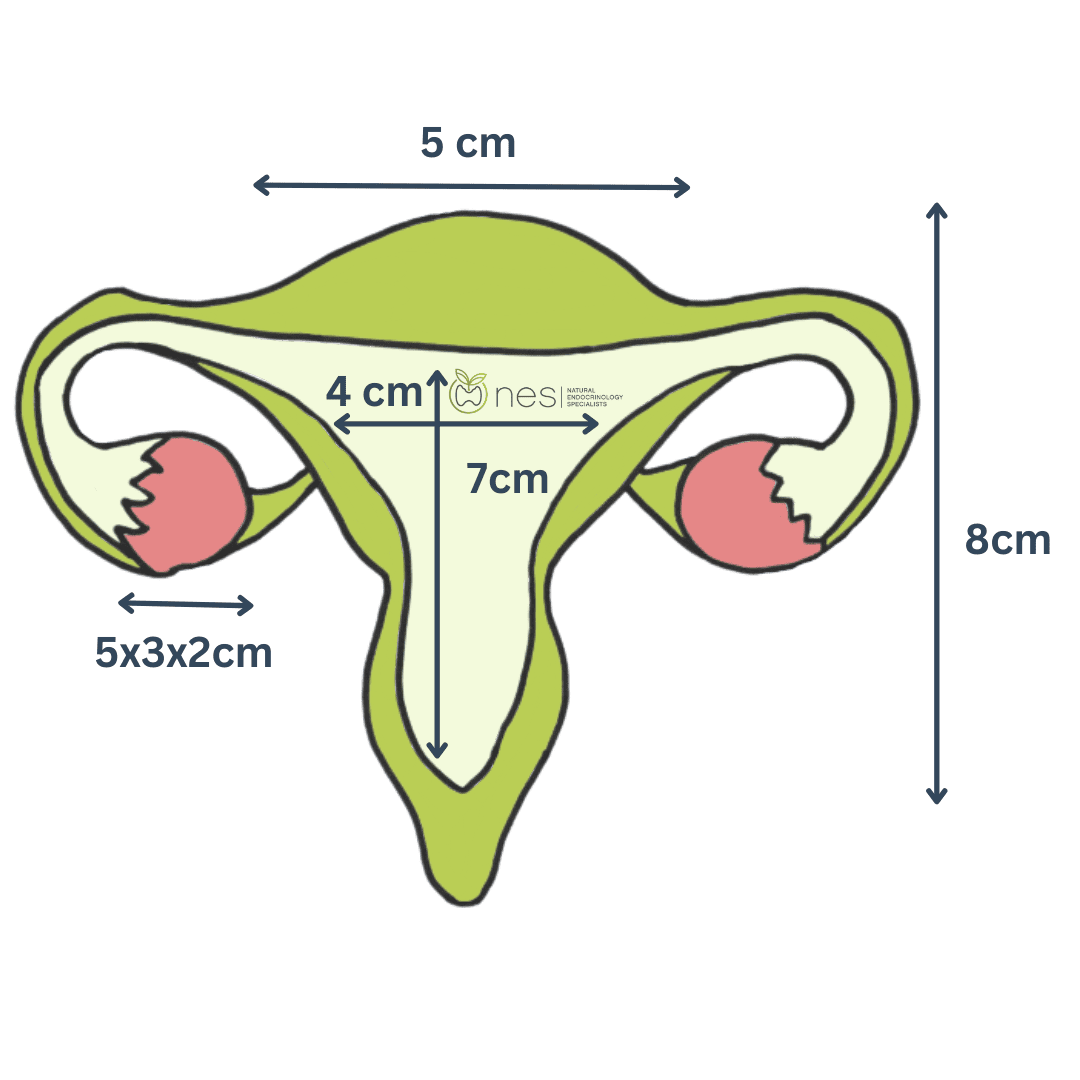
Nutrients contributing to female hormonal health:

At Natural Endocrinology Specialists™ (NES), we provide a comprehensive approach to managing hormone health in females, emphasizing naturopathic treatments that nurture the entire individual—physically, mentally, and spiritually. Our aim is to go beyond merely treating hormonal imbalances, striving to improve complete health and vitality.
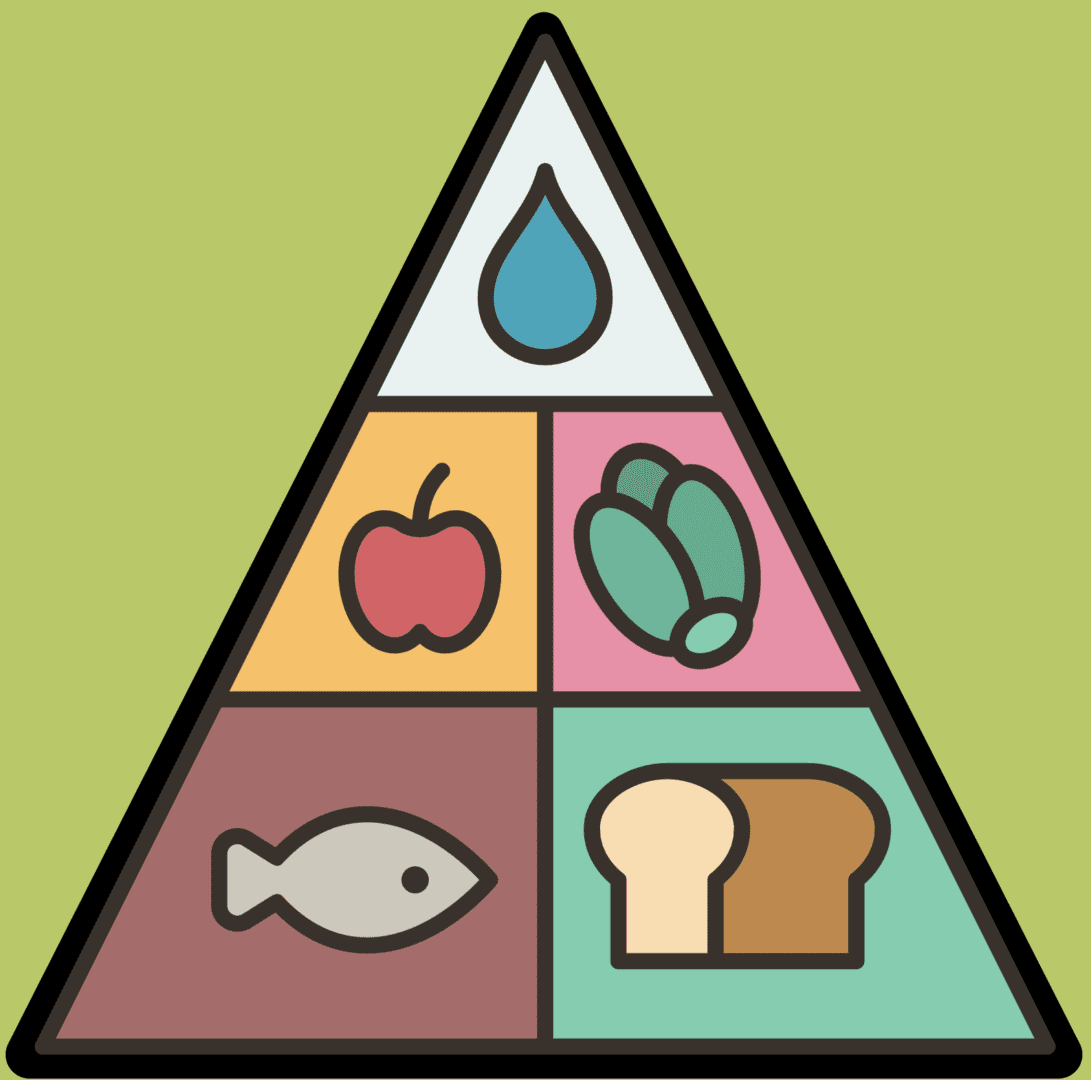
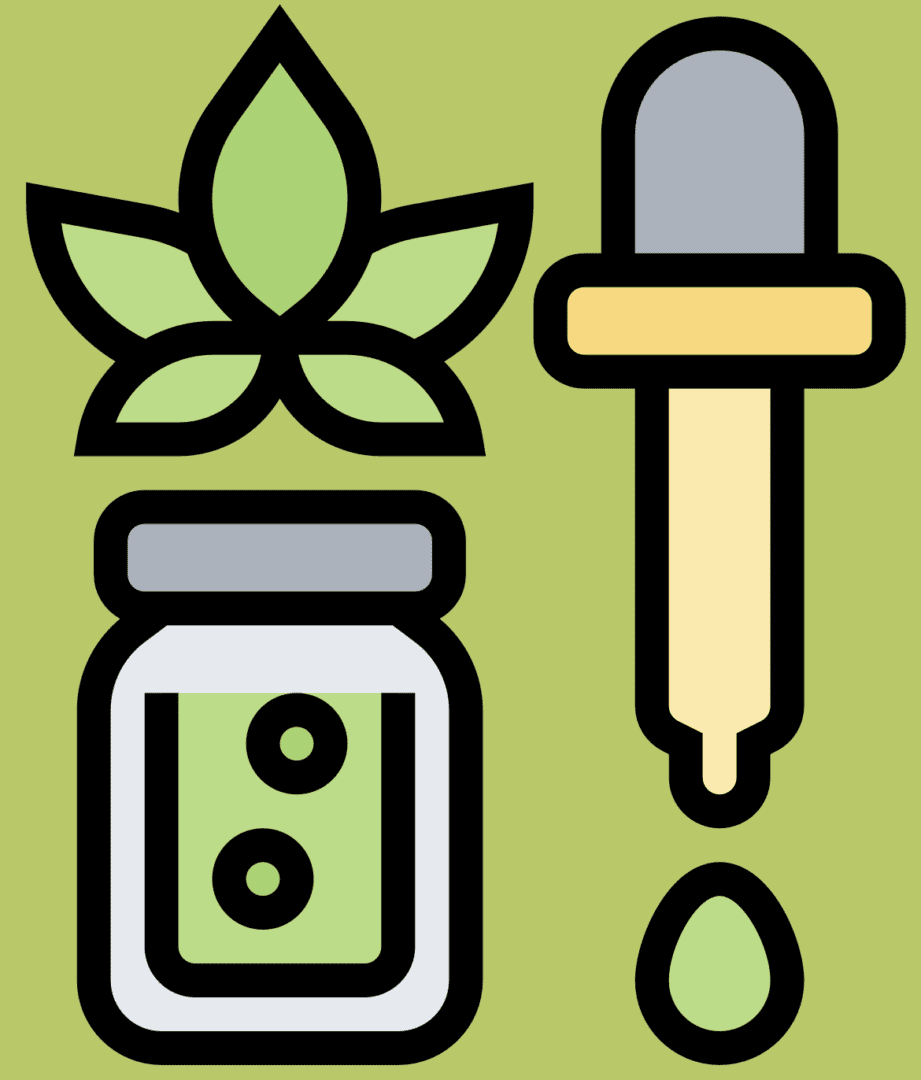
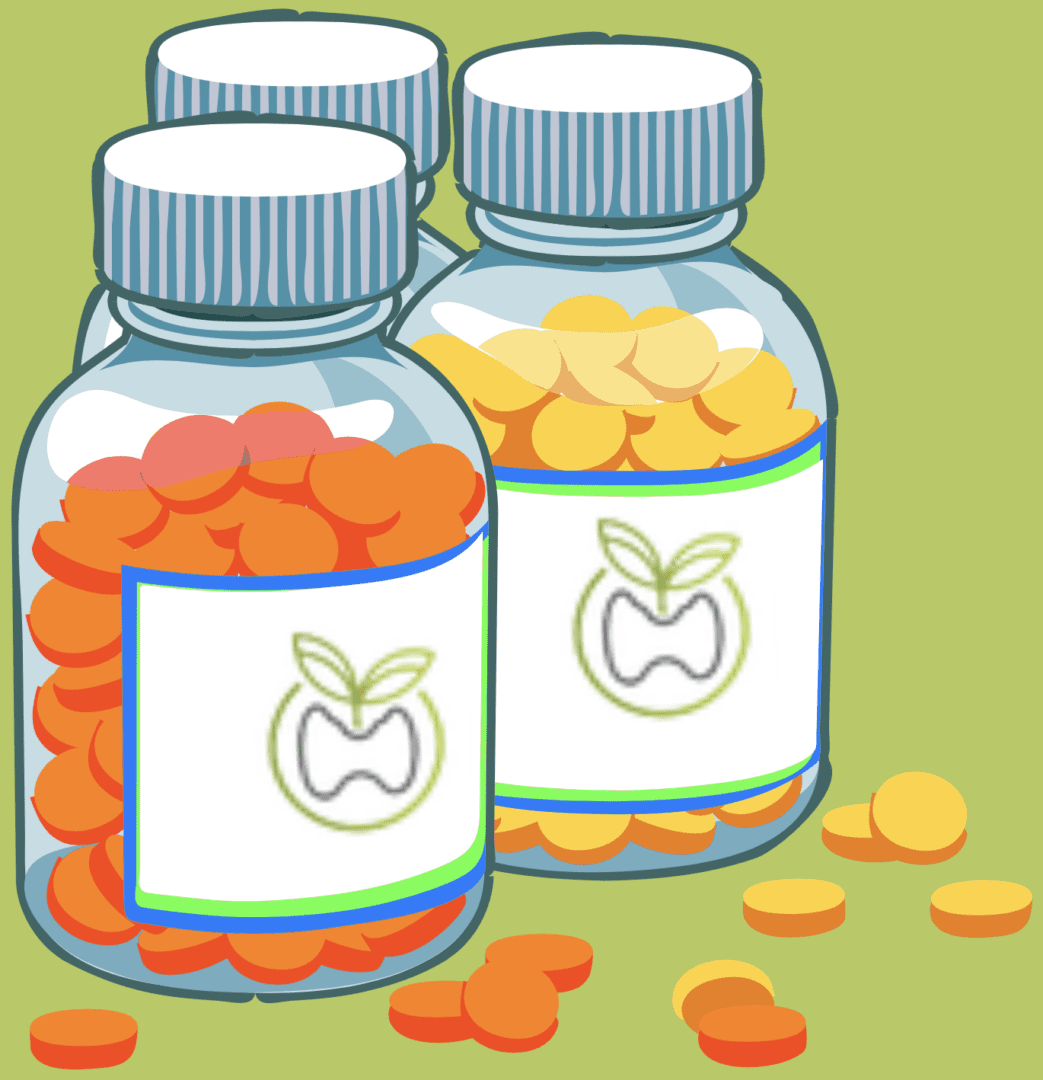

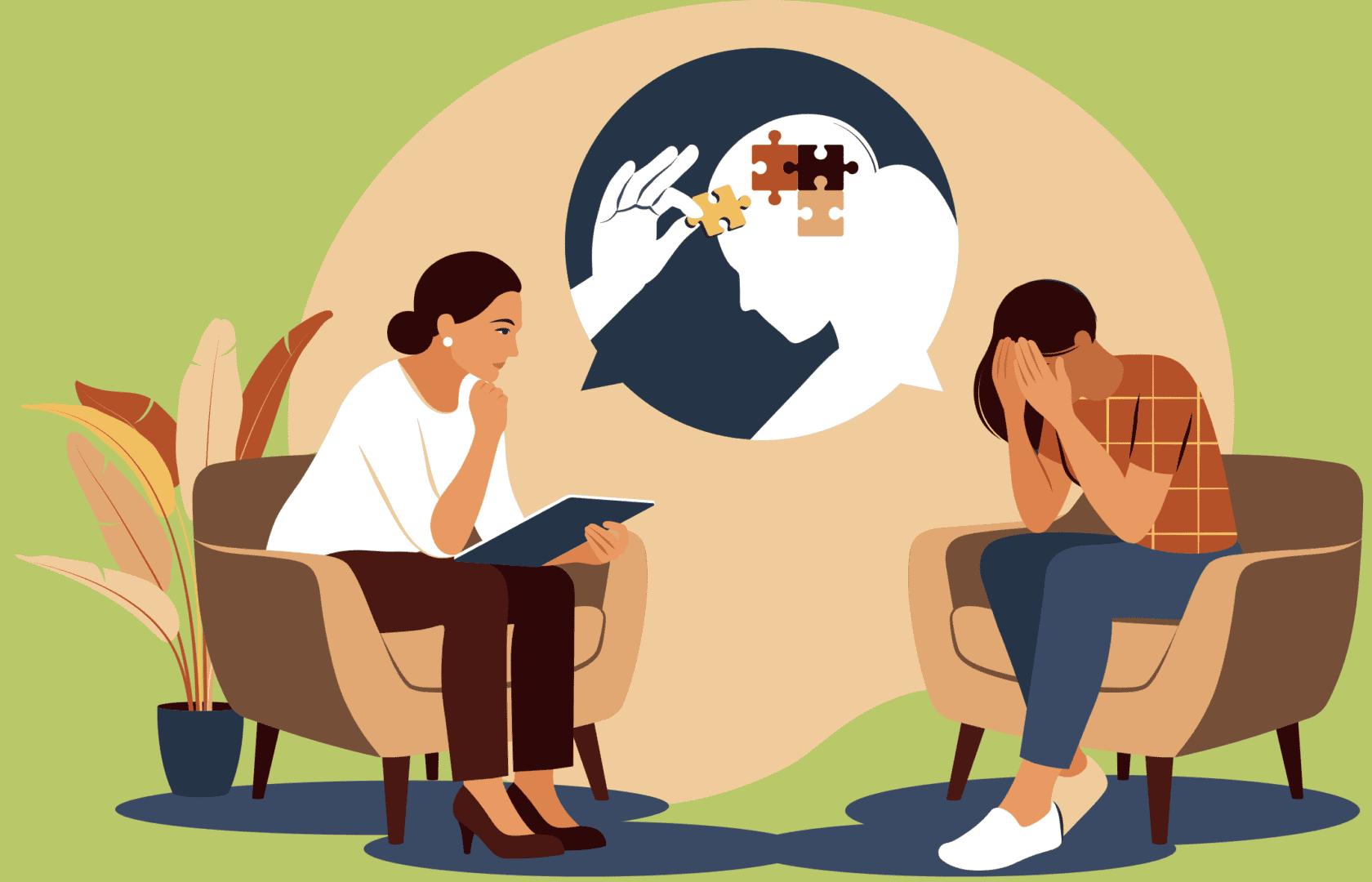
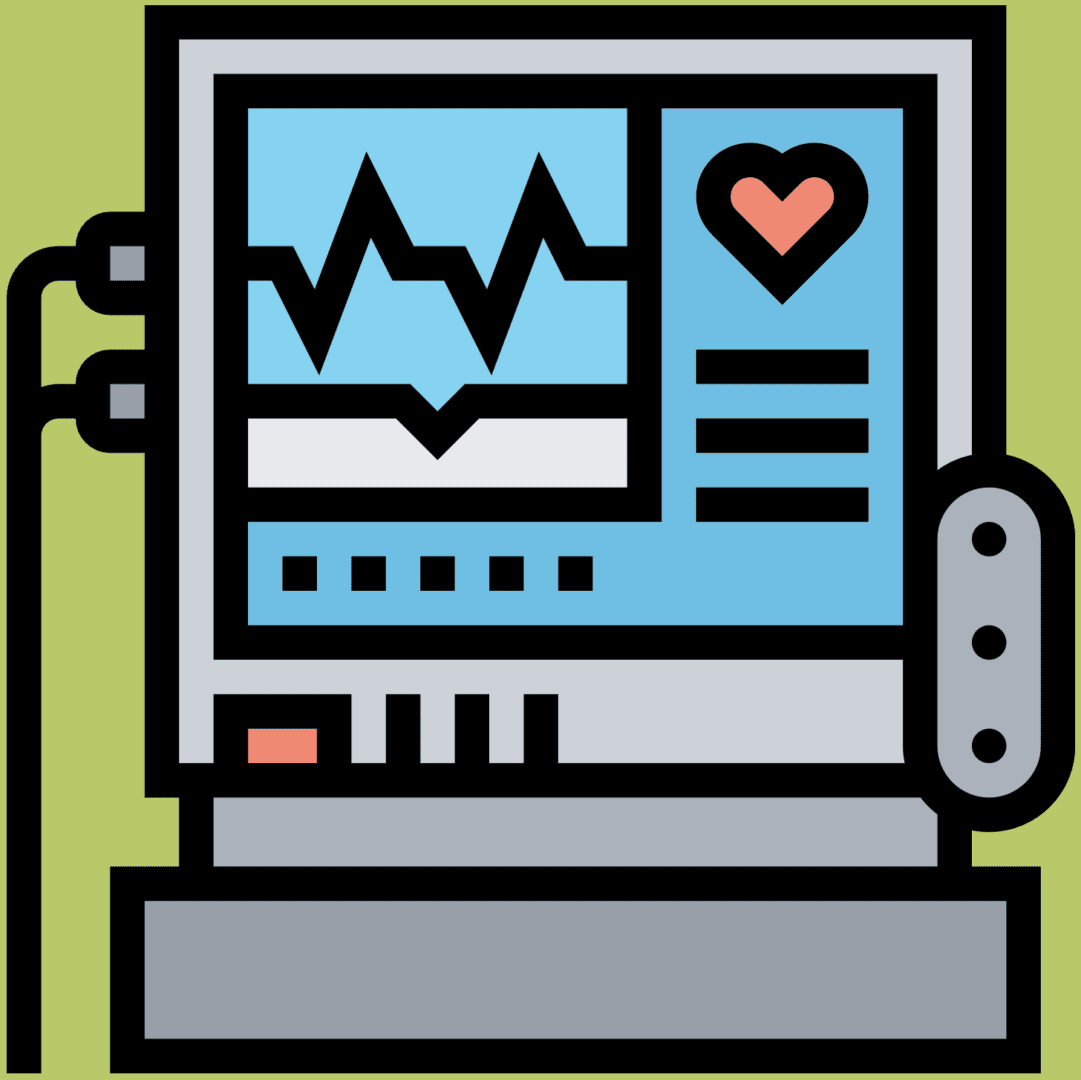
The primary male hormones, also known as androgens, play a crucial role in male health and well-being. These hormones are not just about muscle mass and libido; they significantly influence various aspects of health from mental clarity to bone density.
These are the factors affecting the male hormones balance:
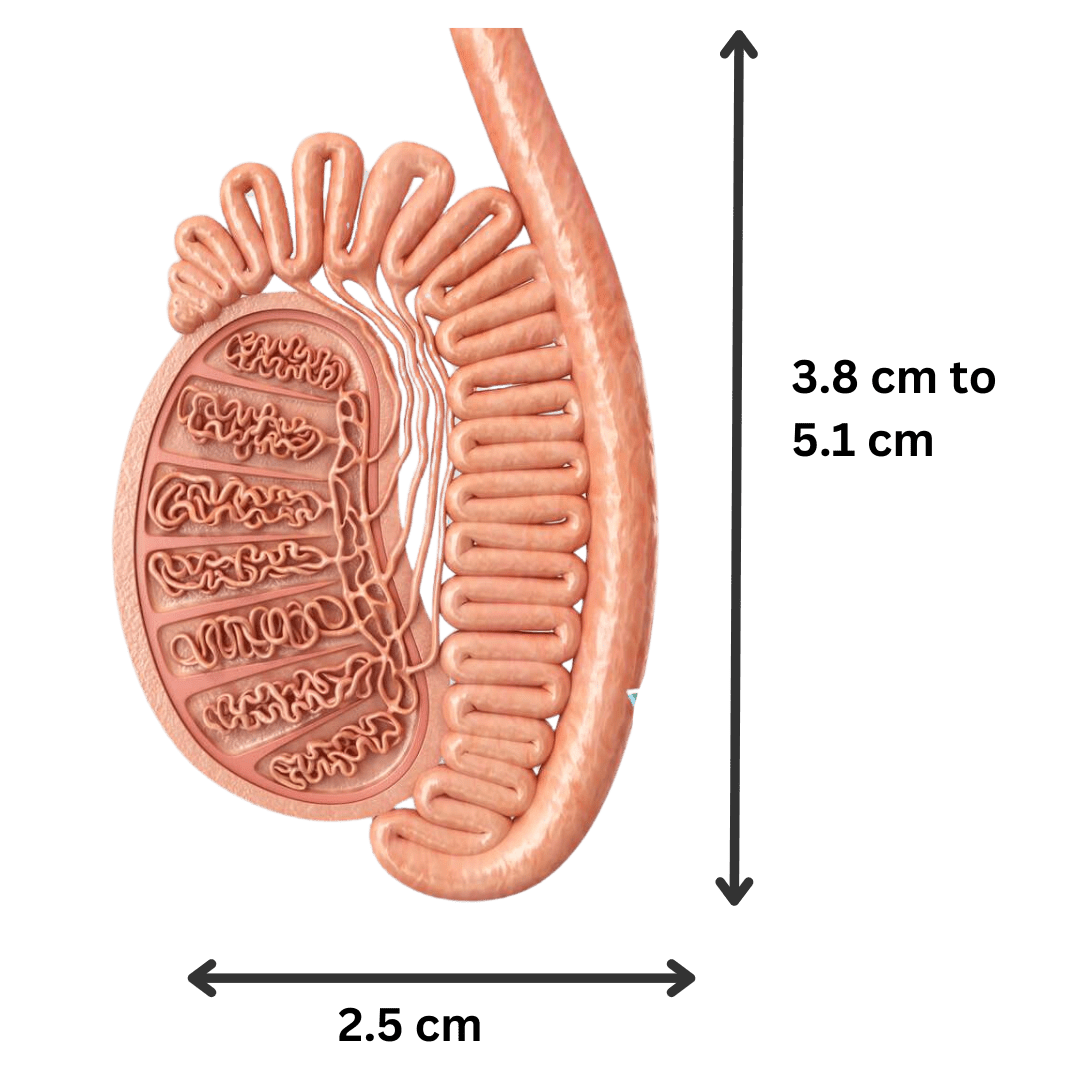
Nutrients contributing to male hormonal health:

At Natural Endocrinology Specialists™ (NES), we offer a holistic approach to managing male hormone health, focusing on naturopathic treatments that support the whole person—body, mind, and spirit. Our goal is to do more than just correct hormonal imbalances; we are dedicated to enhancing overall health and vigor.








BHRT utilizes hormones that are identical on a molecular level to the natural hormones produced by our bodies. These bioidentical hormones are derived from plant sources and tailored to match your individual hormonal needs, making them a more natural and compatible option compared to synthetic hormones.
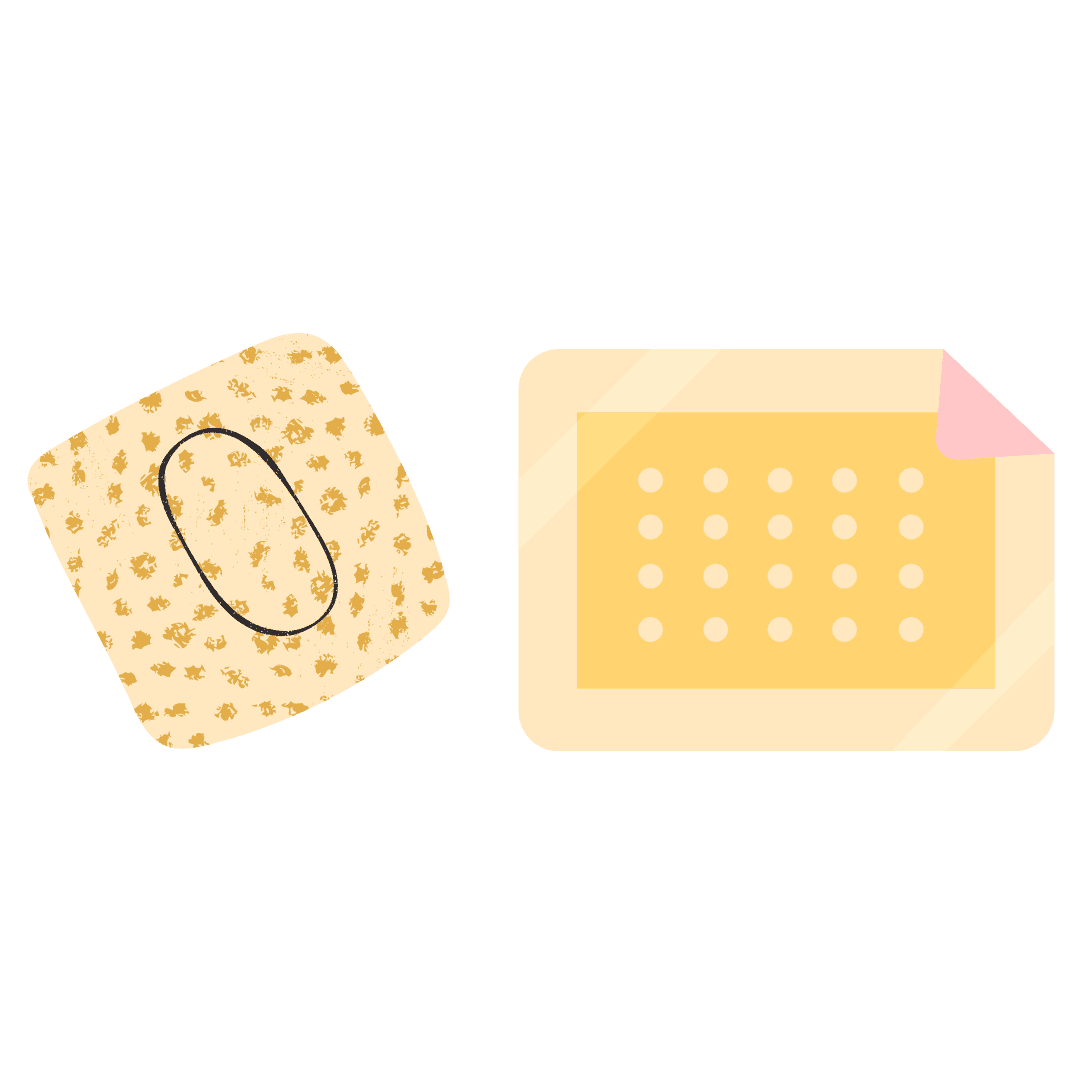
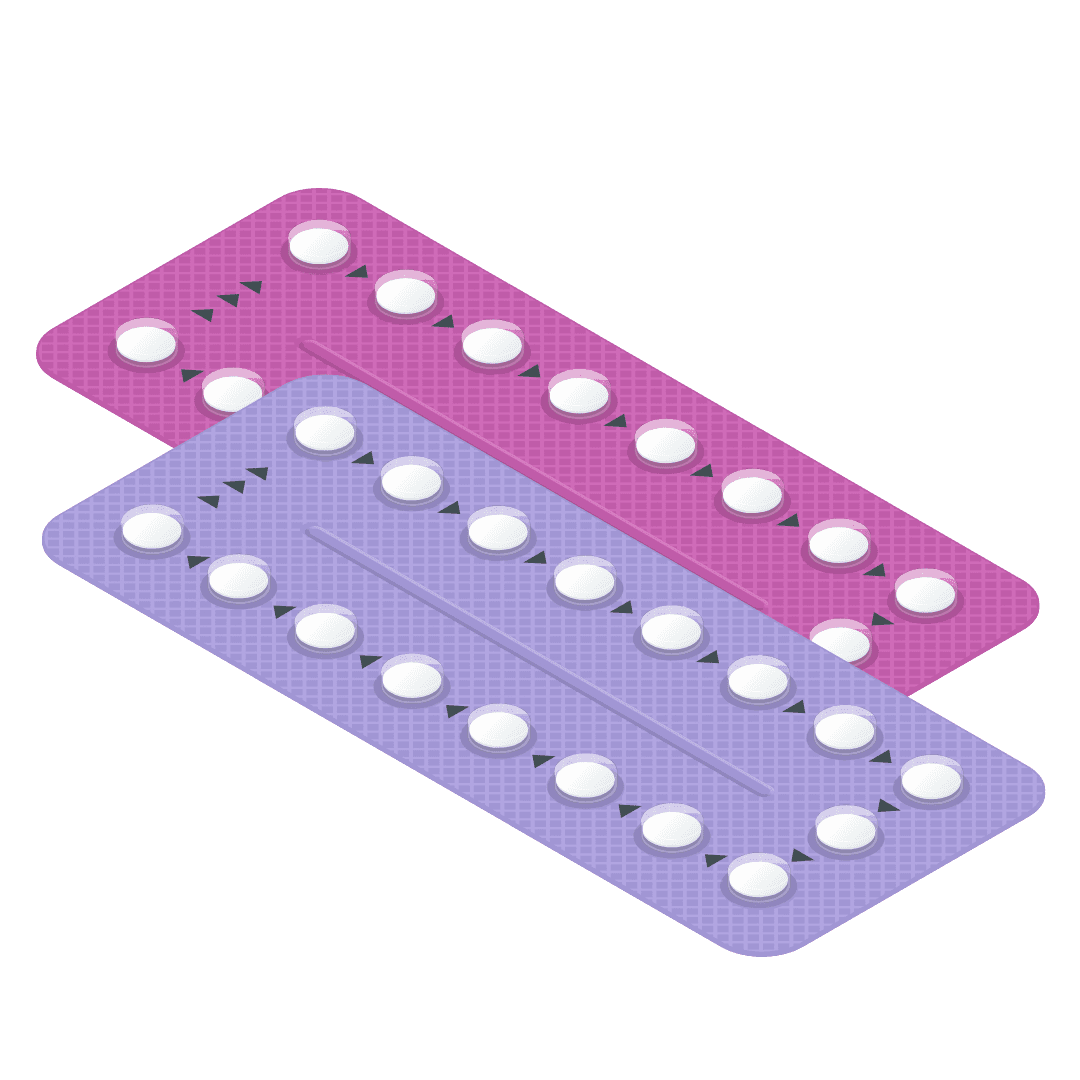
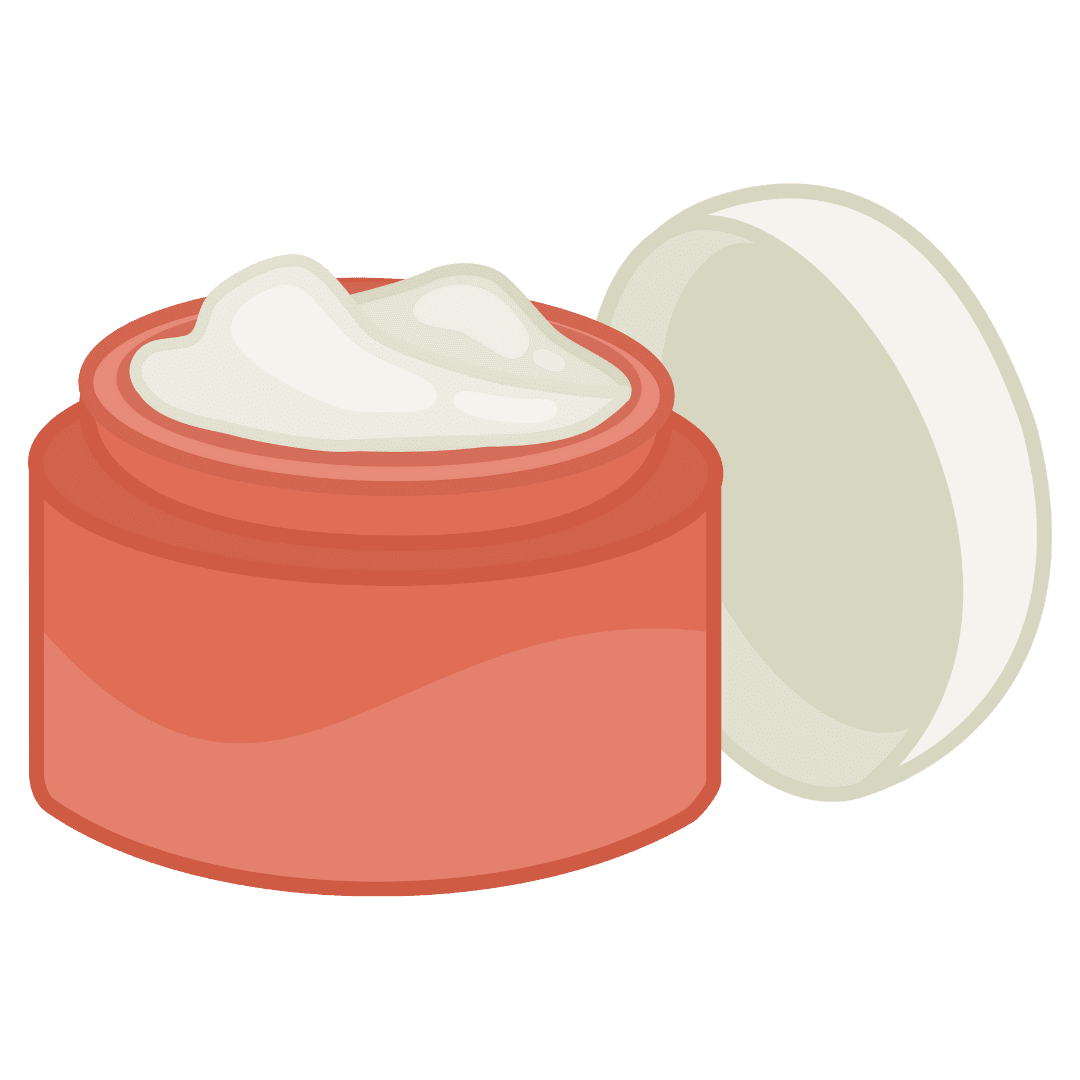
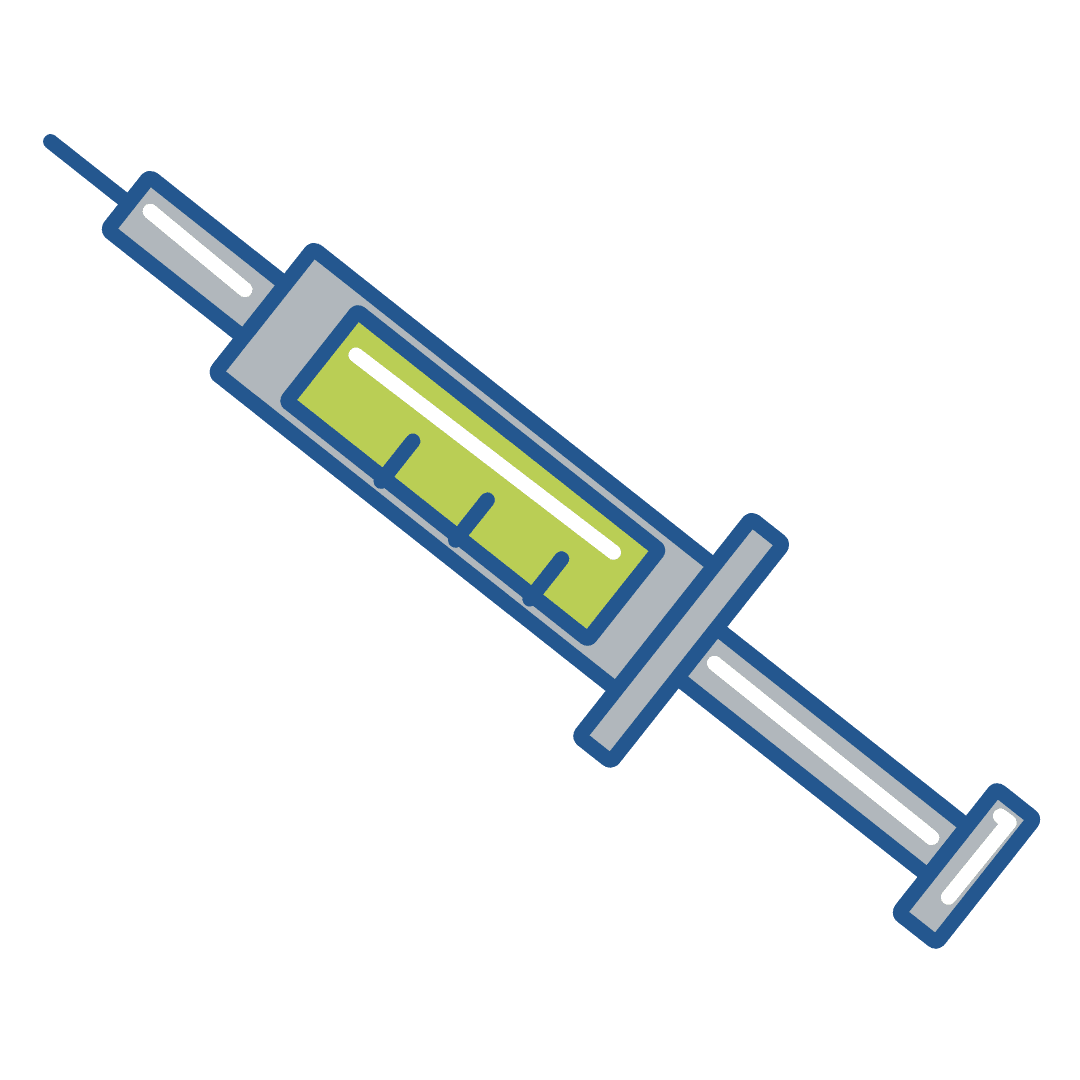

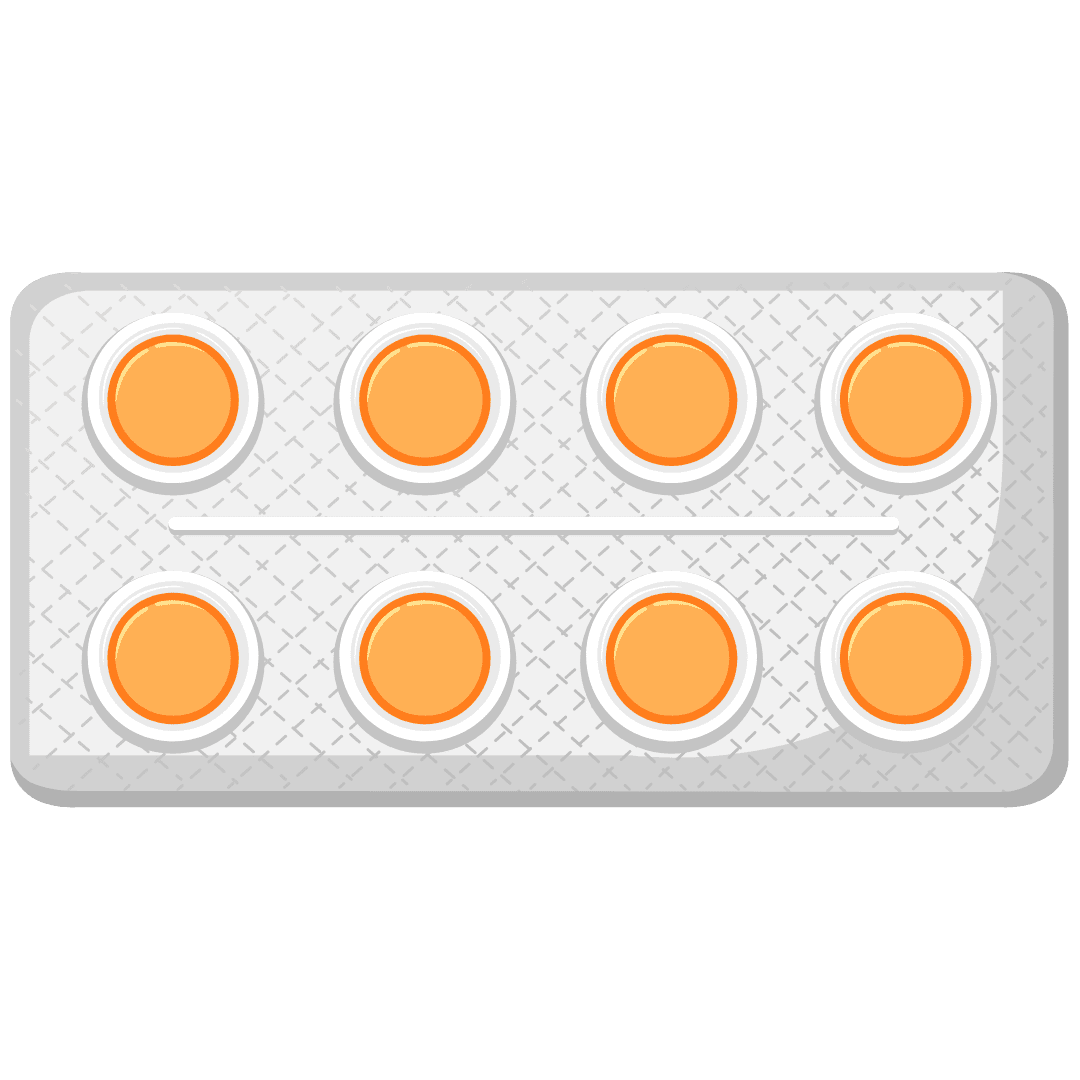
Men and women experiencing the effects of hormonal imbalances can benefit from BHRT. This includes those going through menopause or andropause (male menopause), experiencing thyroid disorders, adrenal fatigue, or anyone who has been tested and found to have hormonal imbalances.

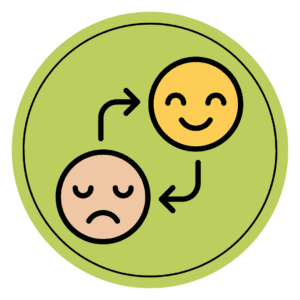

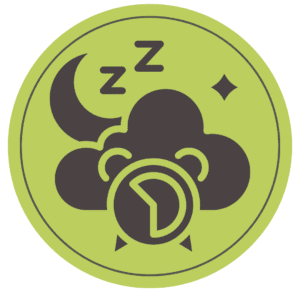
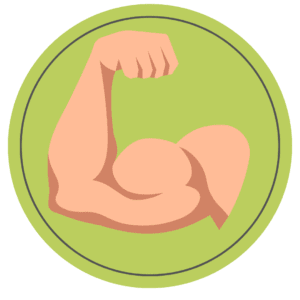

Acupuncture Session - $189.00
Acupuncture, Package of 4 - $636.00
Female Pellet Insertion Package - $518.00
Male Pellet Insertion Package - $744.00